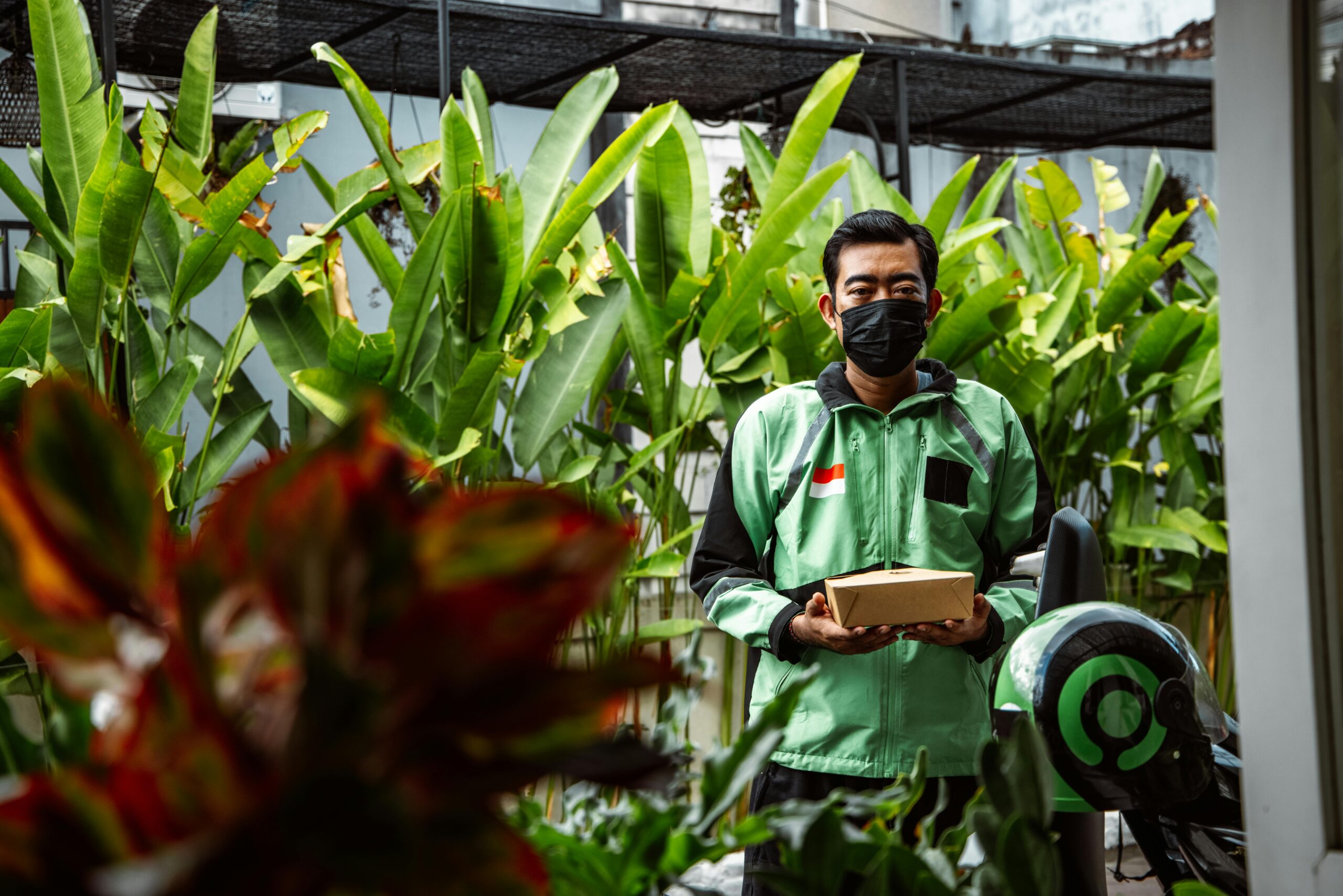As Japan aims for carbon neutrality by 2050, the logistics industry—one of the largest sources of transport emissions—is undergoing a green transformation. Companies are investing in eco-friendly vehicles, digital route optimization, and low-carbon infrastructure to make freight smarter and more sustainable.
🚛 The Urgent Need for Greener Logistics
Japan’s logistics sector emits over 90 million tons of CO₂ annually. With rising e-commerce and increasing demand for fast delivery, reducing the environmental impact of freight transport has become a top priority.
🔋 Technologies Driving Green Logistics
- Electric and Hydrogen Trucks: Isuzu, Toyota, and Hino are deploying low-emission commercial fleets.
- AI Route Optimization: Reduces fuel usage by streamlining delivery routes.
- Solar-Powered Distribution Centers: Major players like Yamato and Sagawa are leading this shift.
- EV Charging Infrastructure for Trucks: Growing networks along major highways and logistics hubs.
📦 Urban Logistics Innovation
Cities like Tokyo and Yokohama are testing low-emission zones, where only electric or hybrid delivery vehicles are allowed during peak hours. These initiatives are part of “Smart City” logistics experiments.
🌱 Impact on Mobility Hiring Trends
Green logistics requires a new wave of bilingual professionals with expertise in:
- Environmental compliance
- Smart supply chain management
- Digital logistics platforms
- Green technology integration
❓ FAQs
Q1: Are there subsidies for eco-friendly trucks in Japan?
Yes. METI offers financial support for purchasing electric and hydrogen-powered commercial vehicles.
Q2: What is a low-emission zone?
It’s an urban area where access is restricted to low or zero-emission vehicles during certain hours.
Q3: Are green logistics mandatory?
Not yet, but many companies are making the transition voluntarily due to cost savings and ESG goals.
Japan’s logistics transformation is a blueprint for a more sustainable mobility future. As freight systems go green, the country is setting a global example—and creating new career paths in mobility, sustainability, and innovation.
